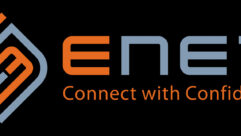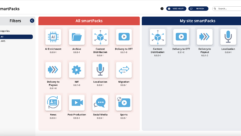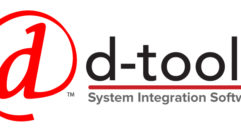Avocent Restructures, Plans Business Unit Sale
Avocent Corp. initiated a plan to enhance competitiveness, improve efficiency, and reduce the company’s cost structure.
Avocent Corp. initiated a plan to enhance competitiveness, improve efficiency, and reduce the company’s cost structure by reducing the workforce and consolidating actions, company officials said. Among the changes, Avocent intends to sell the portion of its entrepreneurial Connectivity and Controls business unit dedicated to its pro AV and Equinox products.
According to the company, the overall restructuring affects approximately 200 employees.
The process began during second quarter 2008, which ended June 27. It includes actions to reduce certain research and development investments in Avocent’s lower growth product areas, integrate marketing functions, and shift Asia support operations from Shannon, Ireland, to the company’s recently established Singapore location. Additionally, Avocent is relocating some functions from Redmond, Wash., to its Huntsville, Ala., office. The result of these worldwide adjustments will be a net decrease of approximately 110 positions, about 5 percent of the global workforce.
“We believe these targeted cost reductions will allow Avocent to shift investments to opportunities in the higher growth revenue areas within our management systems and LANDesk operations,” said Edwin L. Harper, chairman of the board and interim CEO of Avocent. “Combined with our earlier changes to enhance our Avocent management platform development efforts, we are now better focused to execute on our goal to be a leader in IT infrastructure and operations management.”
The company said it expects to report revenue of $155 million to $158 million for the second quarter of 2008, above our previous guidance.










